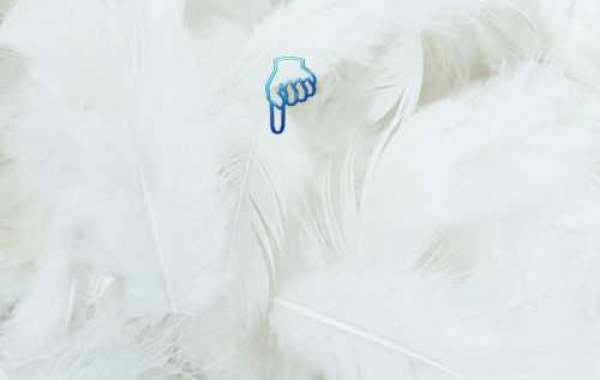Laboratory exhaust fume hoods are essential equipment for ensuring the safety and health of researchers and staff who work with hazardous materials. They protect them from exposure to harmful vapors, gases, dust, and fumes by creating a negative pressure zone that draws air from the laboratory into the hood and then vents it outside. However, fume hoods can only function properly if they are maintained regularly and correctly. Here are six tips to help you keep your laboratory exhaust fume hoods in optimal condition.
1. Check the airflow regularly.
The airflow of a fume hood is measured by a device called an anemometer, which indicates the velocity of air entering the hood in feet per minute (fpm). The recommended airflow for most fume hoods is between 80 and 120 fpm, depending on the type and size of the hood and the nature of the work being done. You should check the airflow at least once a month using an anemometer or a visual indicator such as a ribbon or tissue paper. If the airflow is too low or too high, it could compromise the safety and efficiency of the hood.
2. The sash should be closed when not in use.
The sash is the movable window that allows you to access the interior of the fume hood. When you are not working in the hood, you should always close the sash completely to reduce energy consumption and prevent contaminants from escaping into the laboratory. Closing the sash also helps maintain a constant airflow and prevents drafts that could affect the performance of the hood.
3. Clean the interior regularly.
The interior of a fume hood can accumulate dust, debris, spills, and residues from chemicals and materials that are used or stored in the hood. These can affect airflow, create fire hazards, and pose health risks to users. You should clean the interior of your fume hood at least once a week using a damp cloth or sponge and mild detergent. Avoid using abrasive cleaners or solvents that could damage the surface or corrode the metal parts of the hood.
4. Inspect the ductwork and filters periodically.
The ductwork and filters of a fume hood are responsible for transporting and filtering the air that is drawn from the laboratory into the hood and then vented outside. They can become clogged, damaged, or worn out over time, which can reduce airflow, increase energy consumption, and allow contaminants to leak into or out of the hood. You should inspect your ductwork and filters at least once a year for signs of wear, tear, corrosion, blockage, or leakage.
5. Follow proper safety procedures when working.
Even if your fume hood is well maintained, you still need to follow some basic safety rules when working in it to ensure your protection and that of others in the laboratory. Some of these rules include:
- Wearing appropriate personal protective equipment.
- Keeping your head and body outside of the hood
- Do not block the air intake and exhaust openings of the hood.
It’s also important to dispose of waste materials properly according to local regulations.
6. Schedule regular maintenance.
Even if you follow all of these tips, you still need to have your fume hood serviced and calibrated by professionals at least once every two years. This will ensure that your fume hood meets all of the applicable standards and regulations for safety and performance.
Bottom line
By following these six tips, you can ensure that your laboratory exhaust fume hoods are well maintained and functioning properly. If you notice any problems, you should contact a qualified technician to repair or replace them as soon as possible. Remember, a well-maintained fume hood is a safe and effective fume hood.









